- Home
- Quizzes
- My Quiz Activity
- Newsletters
- Sports Betting
- MY FAVORITES
- Add Sports/Teams
- SPORTS
-
NFL
- NFL Home
- Arizona Cardinals
- Atlanta Falcons
- Baltimore Ravens
- Buffalo Bills
- Carolina Panthers
- Chicago Bears
- Cincinnati Bengals
- Cleveland Browns
- Dallas Cowboys
- Denver Broncos
- Detroit Lions
- Green Bay Packers
- Houston Texans
- Indianapolis Colts
- Jacksonville Jaguars
- Kansas City Chiefs
- Las Vegas Raiders
- Los Angeles Chargers
- Los Angeles Rams
- Miami Dolphins
- Minnesota Vikings
- New England Patriots
- New Orleans Saints
- New York Jets
- New York Giants
- Philadelphia Eagles
- Pittsburgh Steelers
- San Francisco 49ers
- Seattle Seahawks
- Tampa Bay Buccaneers
- Tennessee Titans
- Washington Commanders
-
MLB
- MLB Home
- Arizona Diamondbacks
- Atlanta Braves
- Baltimore Orioles
- Boston Red Sox
- Chicago White Sox
- Chicago Cubs
- Cincinnati Reds
- Cleveland Guardians
- Colorado Rockies
- Detroit Tigers
- Houston Astros
- Kansas City Royals
- Los Angeles Angels
- Los Angeles Dodgers
- Miami Marlins
- Milwaukee Brewers
- Minnesota Twins
- New York Yankees
- New York Mets
- Oakland Athletics
- Philadelphia Phillies
- Pittsburgh Pirates
- San Diego Padres
- San Francisco Giants
- Seattle Mariners
- St. Louis Cardinals
- Tampa Bay Rays
- Texas Rangers
- Toronto Blue Jays
- Washington Nationals
-
NBA
- NBA Home
- Atlanta Hawks
- Boston Celtics
- Brooklyn Nets
- Charlotte Hornets
- Chicago Bulls
- Cleveland Cavaliers
- Dallas Mavericks
- Denver Nuggets
- Detroit Pistons
- Golden State Warriors
- Houston Rockets
- Indiana Pacers
- Los Angeles Clippers
- Los Angeles Lakers
- Memphis Grizzlies
- Miami Heat
- Milwaukee Bucks
- Minnesota Timberwolves
- New Orleans Pelicans
- New York Knicks
- Oklahoma City Thunder
- Orlando Magic
- Philadelphia 76ers
- Phoenix Suns
- Portland Trail Blazers
- Sacramento Kings
- San Antonio Spurs
- Toronto Raptors
- Utah Jazz
- Washington Wizards
-
NHL
- NHL Home
- Anaheim Ducks
- Arizona Coyotes
- Boston Bruins
- Buffalo Sabres
- Calgary Flames
- Carolina Hurricanes
- Chicago Blackhawks
- Colorado Avalanche
- Columbus Blue Jackets
- Dallas Stars
- Detroit Red Wings
- Edmonton Oilers
- Florida Panthers
- Los Angeles Kings
- Minnesota Wild
- Montreal Canadiens
- Nashville Predators
- New Jersey Devils
- New York Islanders
- New York Rangers
- Ottawa Senators
- Philadelphia Flyers
- Pittsburgh Penguins
- San Jose Sharks
- Seattle Kraken
- St. Louis Blues
- Tampa Bay Lightning
- Toronto Maple Leafs
- Vancouver Canucks
- Vegas Golden Knights
- Washington Capitals
- Winnipeg Jets
- NCAAF
- NCAAM
- Boxing
- Entertainment
- Lifestyle
- Golf
- MMA
- Soccer
- Tennis
- Wrestling
- More Sports
- RESOURCES
- My Account
- YB on Facebook
- YB on Twitter
- YB on Flipboard
- Contact Us
- Privacy Policy
- Terms of Service
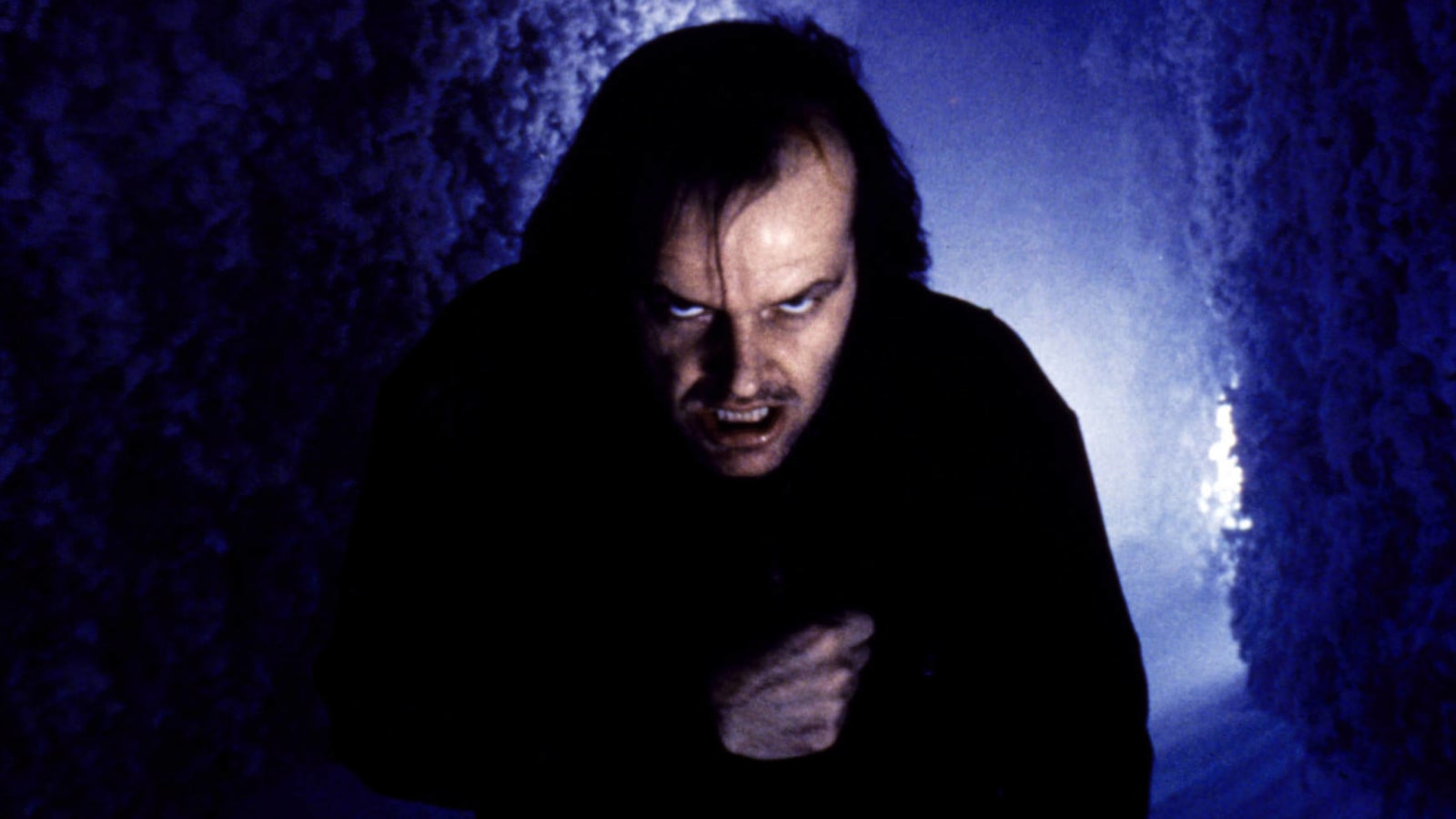
There are numerous reasons why directors don't get it right the first time. Generally, it's a money issue, which is a time issue, which is filmmaking in a nutshell. But sometimes it's more complicated than that. Sometimes, you're working with a brilliant, uncompromising auteur who's unwilling to comprise on his strong, clear vision. Other times, you're working with a drunken reprobate who also happens to brilliant and uncompromising, and may or may not have a small arsenal of firearms in his trailer.
The latter conundrum hasn't been an issue since Sam Peckinpah bellied up at the big wet bar in the sky, but that doesn't means directors have forgotten how to fight. Every year we hear about massive creative clashes and tragically scuttled cuts. Occasionally, these cuts make it to theaters or home video. In honor of Francis Ford Coppola's third recut of "Apocalypse Now," here are 25 of the best auteurist revisions.
"Once Upon a Time in America"
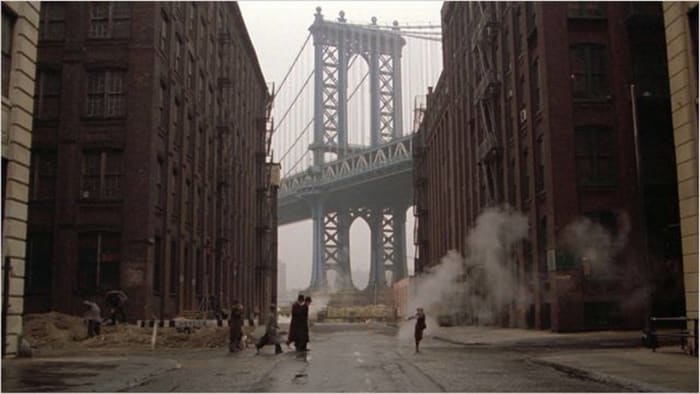
Sergio Leone’s final film received a rapturous reception at the 1984 Cannes Film Festival, but The Ladd Company, leery of releasing the $30 million gangster film at a length that would allow for maybe three screenings a day, broke out the scissors and recklessly cut the nonlinear narrative down to an artlessly chronological 139 minutes. It was a travesty. Critics were incensed, and moviegoers stayed home. A 226-minute version (slightly trimmed to get an R-rating) hit VHS in 1991, but the full European Cut wouldn’t be available in the U.S. until 2003. An extended director’s cut — the best existing version of the film — brought the runtime to 251 minutes, though there is hope that Leone’s full 269-minute vision will eventually be realized.
"Touch of Evil"

Orson Welles’ B-movie masterpiece was reshot and truncated without his approval, resulting in a compromised but still quite watchable 93-minute entertainment that was taught in film schools for several decades (particularly the opening tracking shot and Russell Metty’s superlative cinematography). Forty years later, Oscar-winning editor Walter Murch and a restoration team recut the film to Welles’ specifications as best they could based on a detailed 58-page memo the filmmaker fired off to Universal Pictures in 1957. It’s an entirely different experience. What initially played as a tawdry noir was now a textured portrait of a corrupt lawman whose “future’s all used up.”
"Brazil"

Universal Pictures exec Sid Sheinberg drew the puckish displeasure of Terry Gilliam when he demanded the filmmaker’s dystopian triumph be retrofitted with a happy ending — an unconscionable betrayal of the movie’s Orwellian message. Gilliam fought back by taking out a full-page ad in Daily Variety asking Sheinberg when the studio planned to release the movie; he also called him out during an interview on “Good Morning America.” The final insult arrived in December 1985, when the Los Angeles Film Critics Association awarded “Brazil” Best Picture over Universal’s prestige thoroughbred “Out of Africa.” A humiliated Sheinberg caved, though he exacted a measure of petty revenge by denying the film a wide theatrical release. The sunny, 93-minute “Love Conquers All” cut of the film is available on the Criterion Collection release, and it’s atrocious.
"The Wild Bunch"

Every version of Sam Peckinpah’s elegiac bloodbath of a western is magnificent; the most drastic recut is the 1969 commercial release, which, at 135 minutes, could better accommodate additional screenings than the initial 143-minute theatrical release, but nothing essential has been excised. The definitive 145-minute cut includes a flashback showing the murder of Pike’s (William Holden) lover, Aurora (Aurora Clavel), which gives us a more palpable understanding of the bandit’s dead-hearted ruthlessness. Amusingly, when this cut was submitted to the MPAA prior to the film’s 25th anniversary re-release, it was slapped with an NC-17 rating.
"Blade Runner"

This cannot be reiterated enough: The 1992 director’s cut of “Blade Runner” was a rushed revision of a workprint that began screening in 1990. Given the excitement (i.e. commercial potential) over this newly discovered cut, Warner Bros. quickly commissioned a reedit with input from Ridley Scott; Harrison Ford’s world-weary voiceovers and the “happy ending” comprised of unused aerial footage shot by Stanley Kubrick for “The Shining” went bye-bye, while dream footage involving a unicorn was inserted to suggest Deckard might be a replicant. If you’re looking for a definitive version of “Blade Runner,” the lovingly restored, thoroughly considered 2007 Final Cut — which cleans up numerous long-standing technical gaffes — is the only version you need.
"Kingdom of Heaven"

Ridley Scott hacked 50 minutes out of his 12th Century Crusades saga to appease 20th Century Fox, which — for reasons that may partially explain how the studio got run into the ground over the last decade — believed the historical epic had the makings of a summer blockbuster. But “Kingdom of Heaven” lacked the crowd-pleasing properties that made “Gladiator” a box-office smash, and so the gutted theatrical cut quickly disappeared from theaters. Later in 2005, Scott supervised a director’s cut that restored key elements to the narrative (Eva Green’s Sibylla had been terribly shortchanged); this version opened quietly to raves at the end of the year — too late to rescue its Oscar chances, but right on time to shame notoriously meddlesome exec, Tom Rothman. The four-disc director’s cut Blu-ray is a must-own.
"Apocalypse Now Redux"

There is no definitive cut of Francis Ford Coppola’s “Apocalypse Now.” The film resists definitiveness — in terms of storytelling, mood and theme. It is an exhilarating movie about misspent military might, a PTSD nightmare compounded by too many pointless tours and, finally, a descent into hell. The shoot was its own special kind of hell, one that left Coppola second-guessing many editorial choices for the theatrical release. In 2001, he teamed with editor Walter Murch and cinematographer Vittorio Storaro to blow moviegoers’ minds with the gorgeously restored “Apocalypse Now Redux,” which added several cut scenes (including the ghostly French plantation sequence). It’s a whole new movie that allows for bold new interpretations. This is what great art can and so rarely does.
"The Counselor"

Yet another excellent Ridley Scott film undone in the edit bay — although it’s unlikely either version of “The Counselor” would’ve ever appealed to mainstream audiences. Cormac McCarthy’s screenplay is about a cartel lawyer (Michael Fassbender) who’s drawn deeper and deeper into drug trafficking, which results in very bad things for himself and, most tragically, the love of his life (Penelope Cruz). The 117-minute theatrical cut gets the crucial narrative across, but the unrated extended cut (20 minutes longer) beefs up the film’s most devastating scene: a phone call between Fassbender and a cartel kingpin played by Rubén Blades. The longer cut is the only way to go.
"Heaven's Gate"

The stink was on Michael Cimino’s Western long before the $44 million film bombed out in theaters and wiped out United Artists. A financial folly? Absolutely. Self-indulgent? Perhaps. But Cimino’s dustily unsentimental take on the Johnson County War has the physical and intellectual sweep of a Russian novel. Avoid the 149-minute theatrical cut and let yourself get lost in the 219-minute director’s cut, which was restored in 2012.
"Metropolis"

Fritz Lang’s sci-fi magnum opus has been cut and recut multiple times since its debut in 1927. The original release ran 153 minutes and was promptly cut down for release in the U.S. (107 minutes) and the U.K. (128 minutes). In 1984, further trimming got Lang’s epic down to 83 minutes and outfitted with a pop soundtrack featuring synth-y ditties from David Bowie, Freddie Mercury and Pat Benatar. The 124-minute “Restored Authorized Edition” in 2001 appeared to set things right, but there was another twist in the offing: A badly damaged print of Lang’s original cut was discovered in Argentina in 2008. After a meticulous restoring effort, “The Complete Metropolis” was unveiled in 2010. It’s still three minutes short of Lang’s ’27 cut, but close enough.
"The Lord of the Rings: The Two Towers"

Given New Line Cinema’s massive financial investment, the first two theatrical cuts of Peter Jackson’s “The Lord of the Rings” saga — “The Fellowship of the Ring” and “The Two Towers” — had to clock in at a reasonable runtime (i.e. under three hours). Fortunately, given the immense popularity of these films, Jackson was able to have a deeper emotional resonance with the extended editions. The best of the bunch is “The Two Towers”, which fleshes out the relationship between Faramir (David Wenham) and his father, Denethor (John Noble), in the wake of Boromir’s death. Faramir’s budding romance with Éowyn (Miranda Otto) is also given more time.
"Blood Simple"
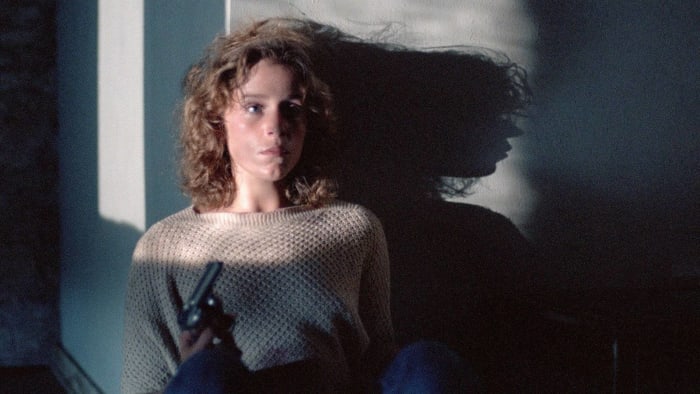
More a “director’s tweak” all told, but considering how fastidious the Coens are about every single aspect of their movies, this probably struck the brothers as a massive overhaul. The needle-drop cue of The Four Tops “It’s the Same Old Song” is back from the theatrical version (replacing Neil Diamond’s “I’m a Believer” cover, which worked in a silly, Coens kind of way), while Samm Art-Williams’ Meurice has been almost completely eliminated from the movie. It’s a little tighter, a little less shaggy and still one of the best neo-noir flicks ever made.
"Ride with the Devil"
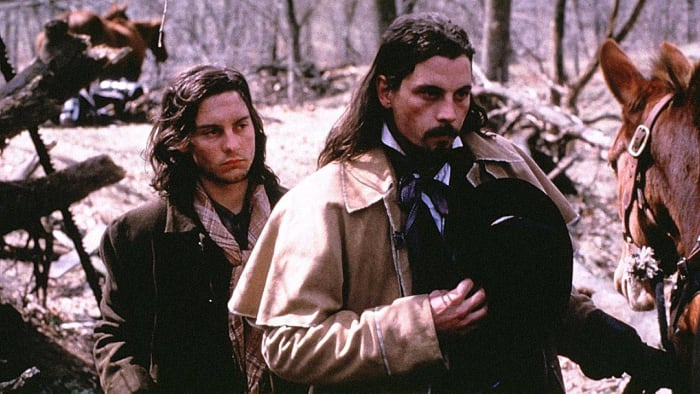
Ang Lee’s U.S. Civil War epic was unconscionably dismissed during its 1999 theatrical release. At issue was the film’s length (138 minutes) and its confusing-to-some Missouri setting, which centered on warring militiamen (Jayhawkers and Bushwhackers) instead of full-fledged Union and Confederate soldiers. That Lee and screenwriter James Schamus choose to embed us with a group of Southern-sympathizers proved problematic, but the characters are so young and so in the thrall of their parents and peers, it’s impossible to condemn the vast majority of them — particularly Tobey Maguire’s Jake Roedel and Jeffrey Wright’s Daniel Holt. The director’s cut explores these nuances, while expanding its Lawrence Massacre set piece to a horrifying degree.
"Pat Garrett and Billy the Kid"

Sabotaged by producers (particularly MGM honcho James Aubrey) and shredded by critics in its day, Sam Peckinpah’s revisionist take on the Pat Garrett and Billy the Kid story was long considered a misfire until the 122-minute preview version was released to home video in 1988. Though Peckinpah was reportedly never happy with the casting of Bob Dylan as the outlaw, this restored cut knocks the film into the top tier of his oeuvre.
"Bad Santa"
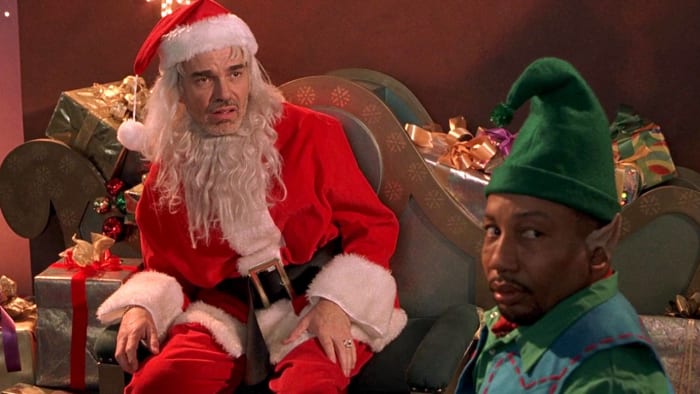
For those of us who saw Terry Zwigoff’s test cut of “Bad Santa” in 2003, we knew we’d just watched a coal-full-of-stocking Christmas classic. It was cyanide satire on the commercialization of Christmas and the faux-cheery sense of community the season inspires. Billy Bob Thornton’s Willie T. Soke is an irredeemable, hard-drinking, sex-crazed department store Santa who wants nothing to do with redemption. He’s perfectly happy being a horrible person. Zwigoff’s original cut honored Willie’s wishes. Then Bob and Harvey Weinstein ordered up pandering reshoots (directed by Todd Phillips) in which Willie teaches the kid how to box and so on. The theatrical cut and the “Badder Santa” cut still feature these elements. The “Bad Santa” director’s cut cleans out most of the added material but lacks the well-whiskey burn of Zwigoff’s lost-to-time version.
"Fanny and Alexander"
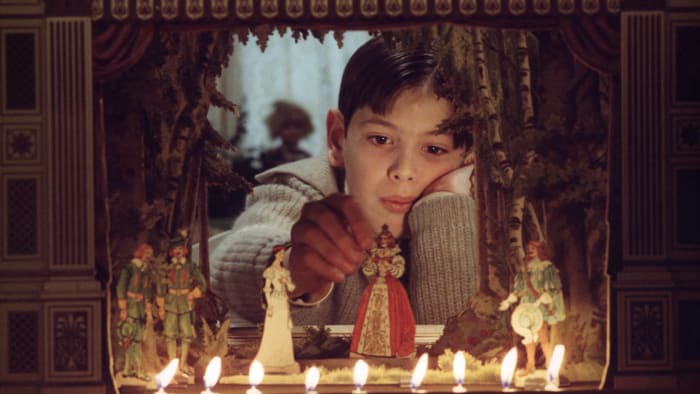
Ingmar Bergman’s 188-minute cut of “Fanny and Alexander” was effective enough to earn the Swedish master his third Academy Award for Best Foreign Film, but his hauntingly beautiful 312-minute cut — originally conceived as a TV miniseries, but now viewed as a complete movie — is a family drama of such remarkable compassion and nuance that you’ll never want anything to do with that crummy Oscar-winning version again. It is the perfect commingling of Bergman’s “wife” (the theater) and “mistress” (the cinema).
"Picnic at Hanging Rock"
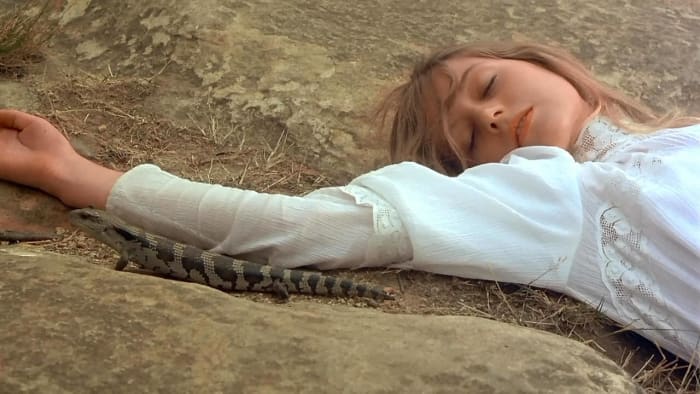
Peter Weir’s “Picnic at Hanging Rock” was already a canonical film when the Australian New Wave legend decided to shave seven minutes off the theatrical cut for the Criterion Collection release in 1998. Absent a somewhat extraneous scene with Michael (Dominic Guard) and Irma (Karen Robson), the film becomes just a shade more eerie and ambiguous (and shorter!), which feels right.
"The Shining"
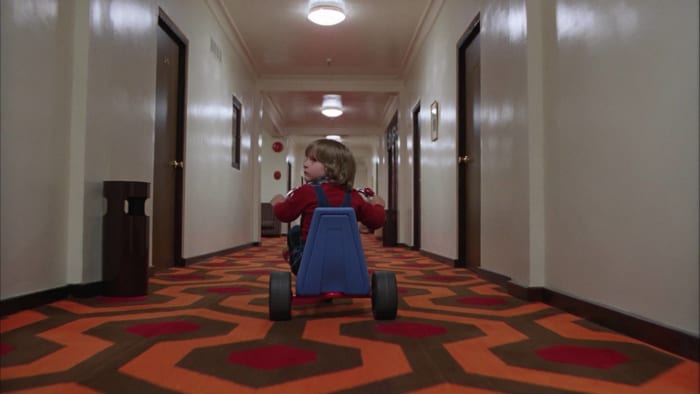
A week after the opening of “The Shining,” Stanley Kubrick had every existing print of the film yanked from theaters (thankfully, studios rarely did wide releases back then), and cut out the last two minutes. Kubrick’s primary objection was the too-on-the-nose reveal that Jack Torrence’s body had not been recovered, which forced a pretty clear-cut interpretation on viewers — a no-no for Kubrick. The European version was lightened by another 25 minutes, but the cut everyone knows and watches today is the one Kubrick fixed in 1980.
"Ali"

Michael Mann is an inveterate tinkerer, and as one of the most celebrated filmmakers working today, he has the power to revisit and recut most of movies whenever he sees fit. Alas, he sees it fit far too often (e.g. his unnecessary “The Last of the Mohicans” revisions). But when it comes to “Ali,” a tone poem based on the life of the greatest heavyweight boxing champ in the division’s history, he shed too much footage prior to the theatrical release. The director’s cut released to DVD in 2002 added more than texture; it imbued the film with a hang-back-in-the-cut soul that had been sacrificed to get the movie one more screening a day.
"Casualties of War"

Brian De Palma’s Vietnam War film about a group of GI’s who kidnap a young woman for “portable R&R” in the battlefield is a necessary shock to the system no matter which version you watch. Columbia Pictures essentially dumped the film in 1989, so the majority of filmgoers have either skipped it or never heard of it. The director’s cut works better post-Iraq War in that we get to see a U.S. military-appointed defense lawyer (Gregg Henry) grilling Michael J. Fox’s whistleblower character; it’s a reminder how far the system will go to excuse evil in the name of protecting its own.
"The Big Red One"

Richard Schickel’s restoration of Samuel Fuller’s semi-autobiographical depiction of his World War II service in the ETO is one of the most significant pieces of archival work in the last 20 years. Fuller’s original cut was chopped down to 113 minutes for its theatrical release in 1980, and it played like a random selection of scenes from a curiously unsentimental war movie. The 160-minute cut premiered at the 2004 Cannes Film Festival was a revelation, a journalistic account of an unthinkably brutal conflict that squarely places our focus on survival. War’s a job, and you don’t get paid if you go home dead.
"Suspiria"

Dario Argento was such an undeniably talented stylist that U.S. distributors were clamoring to release his films stateside. They had just one problem: the MPAA. This is a strange case of the studio doing the wrong thing in the short term to achieve the best possible outcome. Fox tore eight minutes out of the theatrical release to get the film distributed. It worked. The movie was a modest box-office success and generated curiosity due to its maggot-raining reputation. Fox went on to co-finance Argento’s beautifully nutzoid “Inferno,” so, yeah, playing ball with the MPAA has its upside at times.
"Kill Bill: The Whole Bloody Affair"

The Bride confronting Sofie Fatale at the midpoint of this cut rescues our protagonist from a pit of despair (she just massacred the House of Blue Leaves and needs a reason to keep fighting besides her list), and it drives this movie into its righteous second half. “Kill Bill: Vol. 1” was a nihilistic fantasy; “Kill Bill: Vol. 2” is a mama bear rescuing her cub. "The Whole Bloody Affair: is both of these things, and that’s the way everyone, save for Harvey and Bob Weinstein, believes you’re supposed to watch the movie.
"Major Dundee"

It’s not exactly the restored “The Magnificent Ambersons,” but the 2005 restoration of Sam Peckinpah’s “Major Dundee” elevates one of the most disastrous films of the 1960s to fascinating failure status. Peckinpah’s company of red-blooded American thespians are pretty much all here (e.g. Warren Oates, LQ Jones, Ben Johnson, Slim Pickens and R.G. Armstrong), but he simply cannot make sense of his vicious main character (nor can a miscast Charlton Heston). In a way, it’s prescient churn of toxic masculinity, but Peckinpah’s commenting on a completely different strain of terrible men. He got it right in “The Wild Bunch.”
"Almost Famous"

Cameron Crowe's "The Adventures of Huckleberry Finn on Tour with a Bunch of Lovably Hedonistic Rock Stars" is still an oddly exculpatory work in its "Untitled" form ("They traded groupies for a case of beer; that was the worst of it!"), but this version gives us greater insight into William Miller's upbringing, through which we understand how this underaged naif could celebrate an era of rampant drug overdose and sexual assault. It's instructive!
Jeremy Smith is a freelance entertainment writer and the author of "George Clooney: Anatomy of an Actor". His second book, "When It Was Cool", is due out in 2021.
More must-reads:
- The best and worst action movies based on TV shows
- Great soundtracks from obscure or underrated movies
Trending in Entertainment
Customize Your Newsletter
 +
+
Get the latest news and rumors, customized to your favorite sports and teams. Emailed daily. Always free!
Use of this website (including any and all parts and
components) constitutes your acceptance of these
Terms of Service and Privacy Policy.

